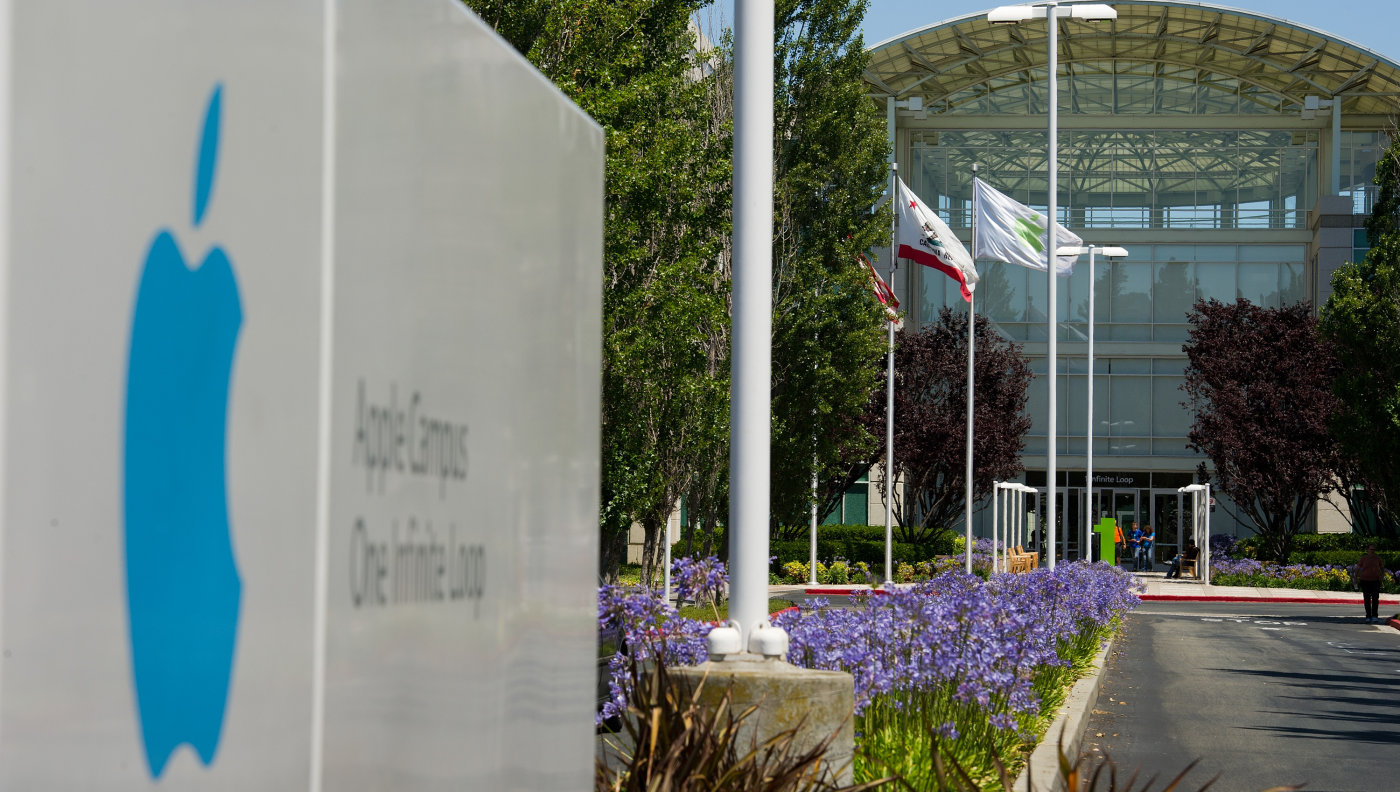Street Shofar Man in Israel. Photo: Screen shot.
Happy, healthy, challenging, and rewarding new year!
1. Rosh Hashanah is a universal, stock-taking, renewal, and hopeful holiday, celebrated on the 6th day of The Creation, which produced the first human being, Adam.
2. Rosh means, in Hebrew, ”beginning,” “first,” “head,” “chief.” The Hebrew spelling of Rosh (ראש) is the root of the Hebrew word for Genesis (בראשית), which is the first word in the Bible. Just like The Creation, so should the New Year and our own actions, be a thoughtful – and not a hasty – process.
3. Rosh Hashanah is celebrated at the beginning of the Hebrew month of Tishrei, which means beginning/Genesis in ancient Akkadian.The Hebrew spelling of Tishrei (תשרי) is included in the spelling of Genesis (בראשית).
4. Rosh Hashanah is also referred to as “Ha’rat Olam” (the pregnancy of the world), and its prayers highlight motherhood, optimism, and the pregnancies of Sarah and Rachel, the Matriarchs, and Hannah, who gave birth to Isaac, Joseph and Benjamin, and the Prophet Samuel respectively. Sarah (שרה, the root of the Hebrew word, Israel, ישראל) and Hannah (חנה, the root of the Hebrew words Pardon, Amnesty and Merciful, חנינה, חנון) were two of the seven Jewish Prophetesses: Sarah, Miriam, Hannah, Deborah, Huldah, Abigail, Esther. Hannah’s prayer has become a role-model for God-heeded-prayers, which are recited by the “non-privileged.”
Noah – who led the rebirth of humanity/ the world – also features in Rosh Hashanah prayers.
5. Rosh Hashanah underlines human fallibility, humility, soul-searching, responsibility (as a precondition to the realization of opportunity), renewal/rebirth, memory (lessons of history), and the need for systematic education.
6. The Shofar (ritual horn) is blown on Rosh Hashanah as a wake-up call to mend human behavior. Rosh Hashanah is also called “Yom Te’roo’ah” (the day of blowing the Shofar). Shofar (שופר) is a derivative of the Hebrew word for enhancement/improvement (שפור), which is constantly expected of human beings. It requires humility, symbolized by the Shofar, which is bent and is not supposed to be decorated.
The Shofar is the epitome of peace-through-strength: it is made from the horn of a ram, which is a peaceful animal equipped with strong horns, in order to fend off wild animals.
While the blowing of the Shofar is a major virtue, listening to the Shofar is at least as pertinent a virtue. The Hebrew root of ”listening” (מאזין) is אוזן, ear, which contains the balancing mechanism in our body. אוזן is also the root of “scale”, (מאזניים), which is the zodiac sign of the month of Tishrei. Both Rosh Hashanah and Yom Kippur (when people balance/examine their good deeds vs. bad deeds) are observed during the month of Tishrei.
Rosh Hashanah services include 101 blows of the Shofar. It is the numerical value of the Hebrew spelling of Michael (מיכאל), a Guardian Angel, which was one of the names of Moses.
7. The pomegranate – one of the seven species blessing the Land of Israel – features during Rosh Hashanah meals and in a key blessing on Rosh Hashanah: “May you be credited with as many rewards as the seeds of the pomegranate.” The pomegranate becomes ripe on time for Rosh Hashanah and contains – genetically - 613 seeds, which is the number of Jewish statutes (of Moses). It was employed as an ornament of the Holy Arc, the Menorah (candelabrum), the coat of the High Priest, and Torah Scrolls.
The first two letters of the Hebrew word for pomegranate (רמון) – which is known for its crown - mean ”sublime.” The pomegranate (skin and seeds) is one of the healthiest fruits: top heavy on iron and anti-oxidants, anti-cancer, decreasing blood pressure, enhancing the quality of blood, and the cardiac and the digestion systems. The pomegranate constitutes a metaphor for a wise person: “wholesome like a pomegranate.”
8. Rosh Hashanah highlights:
*Faith in God;
*Optimism in the face of daily adversity;
*The first human-being, Adam, was created on the 6th day of the Creation;
*The cycle of nature - seed planting season and the equality of day/night;
*The opening of the Ark of Noah following the Flood;
*The almost-sacrifice of Isaac and God’s Covenant with the Jewish people;
*The three Patriarchs, Abraham, Isaac, and Jacob were conceived/born during the month of Tishrei, which is called “the month of the mighty leaders”;
*The release of Joseph from Egyptian jail;
*The receipt of the Ten Commandment and the Torah;
*Deliverance from spiritual and physical slavery;
*The Prophet Samuel (who inspired the early Pilgrims and the U.S. Founding Fathers – especially Thomas Paine – was conceived in Tishrei;
*The reconstruction of the Second Temple and destruction of both Temples;
*The ingathering of the Jews to the Land of Israel;
*The first of the Ten Days of personal, annual self-examination/atonement.
*Optimism in the face of daily adversity;
*The first human-being, Adam, was created on the 6th day of the Creation;
*The cycle of nature - seed planting season and the equality of day/night;
*The opening of the Ark of Noah following the Flood;
*The almost-sacrifice of Isaac and God’s Covenant with the Jewish people;
*The three Patriarchs, Abraham, Isaac, and Jacob were conceived/born during the month of Tishrei, which is called “the month of the mighty leaders”;
*The release of Joseph from Egyptian jail;
*The receipt of the Ten Commandment and the Torah;
*Deliverance from spiritual and physical slavery;
*The Prophet Samuel (who inspired the early Pilgrims and the U.S. Founding Fathers – especially Thomas Paine – was conceived in Tishrei;
*The reconstruction of the Second Temple and destruction of both Temples;
*The ingathering of the Jews to the Land of Israel;
*The first of the Ten Days of personal, annual self-examination/atonement.
To read more on Rosh Hashanah, additional Jewish holidays, the Sabbath, the Jubilee, annual fasting days, and the Jewish meaning of “holiday,” please click here.





Post a Comment
EmoticonClick to see the code!
To insert emoticon you must added at least one space before the code.